This master teacup is made in the style of the Yuan dynasty blue and white porcelain, completely handmade and hand-painted. The entire painting exudes a strong sense of antiquity, with bold and vigorous lines, and the dragon pattern appears vivid and lifelike.
In Chinese culture, the dragon is a very important symbol and totem with rich symbolism. Firstly, the dragon is one of the most sacred, authoritative, and noble images in ancient Chinese culture. It is the incarnation of the gods of heaven, earth, and water, representing supreme authority and divine power. Secondly, the dragon is considered a symbol of good luck in Chinese culture. As it has the special power to control rainfall, it is also seen as the protector of agriculture, representing a bountiful harvest and prosperity. Additionally, the dragon has many other symbolic meanings, such as longevity, authority, success, courage, and wisdom. In traditional Chinese culture, the dragon is a noble, mysterious, and awe-inspiring image, representing people’s yearning for the unknown and the spirit of exploration.
Besides, for Yuan blue and white porcelain refers to the blue and white porcelain produced during the Yuan dynasty (1271-1368) in China. The Yuan dynasty was an important period in the history of Chinese porcelain and one of the peaks of Chinese porcelain art. As one of the representatives of that era, Yuan blue and white porcelain exhibited unique artistic styles and technical levels. The characteristic of Yuan blue and white is the use of cobalt blue pigment for painting, which is made of cobalt oxide. After firing, the colour is bright and rich, with an extremely high decorative effect. Yuan blue and white porcelain has various shapes, thick and heavy, concise, and fluent lines, and stable and solemn shapes, all made exquisitely.
The evolution of Yuan blue and white is based on the foundation of the Tang and Song celadon. Firstly, the glaze colour was improved and innovated. Unique white glaze, eggshell glaze, and blue-white glaze were invented to make the glaze crystal clear. Cobalt pigment was imported for glaze colouring. Or using pigment made from domestic materials.
The formation of tin spots on Yuan blue and white is due to the high content of iron elements in local parts of the blue pigment. After reaching saturation in the high-temperature glaze solution and cooling down, the iron elements in the supersaturated part start to precipitate. If the iron content of the blue pigment is higher and the cooling rate is appropriate, tin spots are more likely to appear on the surface of the ware.
In addition to firing and materials, the formation of tin spots also involves the factor of glaze material. During the painting process, tin spots can also be formed due to the accumulation of blue pigment. Tin spots are more likely to appear on the surface of the ware at the intersections and the starting and ending points of brushstrokes. The formation of tin spots can be said to be a natural creation or an artificial decoration.
This master teacup has a smooth and lustrous texture and uses the Su Ma Li Qing glaze material (a kind of blue pigment), with a heavy sense of tin spots, revealing a unique charm of the past era. The entire production process is completed by hand, and every detail has been carefully designed and polished, giving this teacup a unique artistic charm. The blue and white dragon pattern is vivid, showcasing ancient cultural and aesthetic values, allowing people to immerse themselves in a beautiful artistic atmosphere while enjoying their tea.





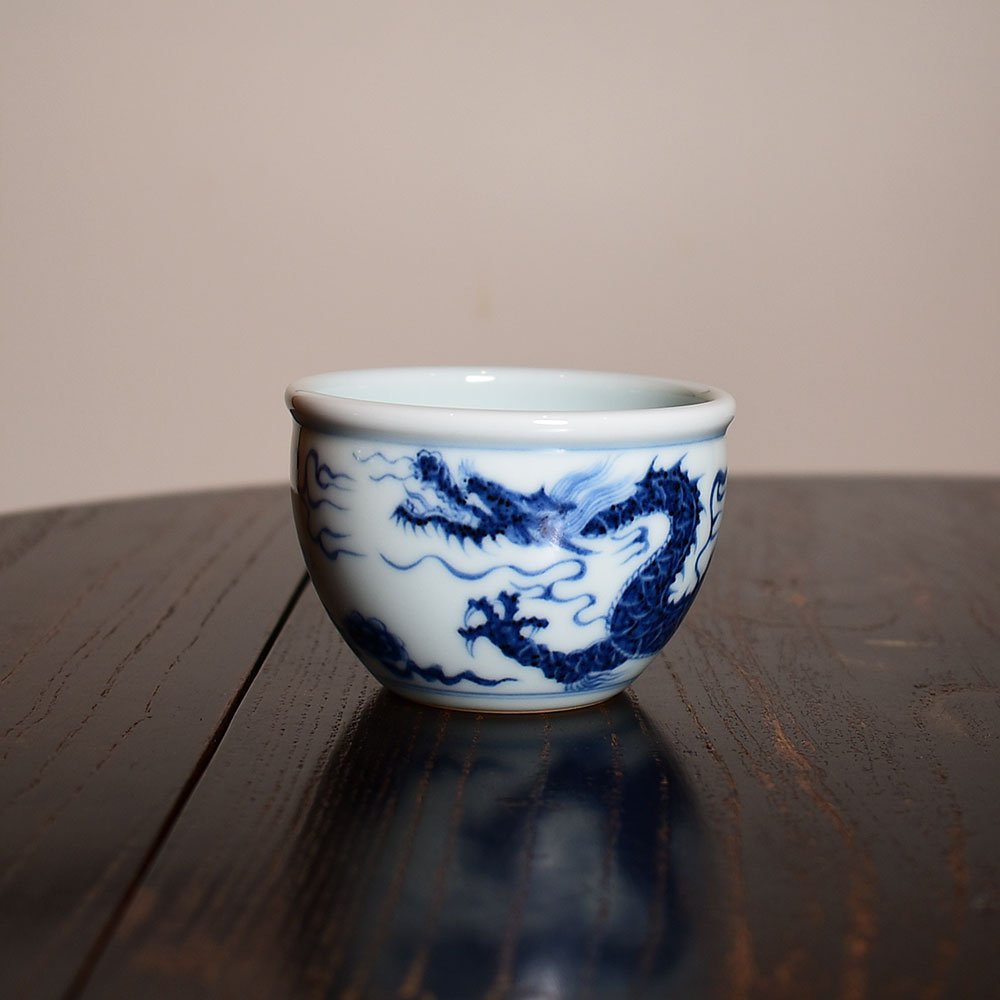
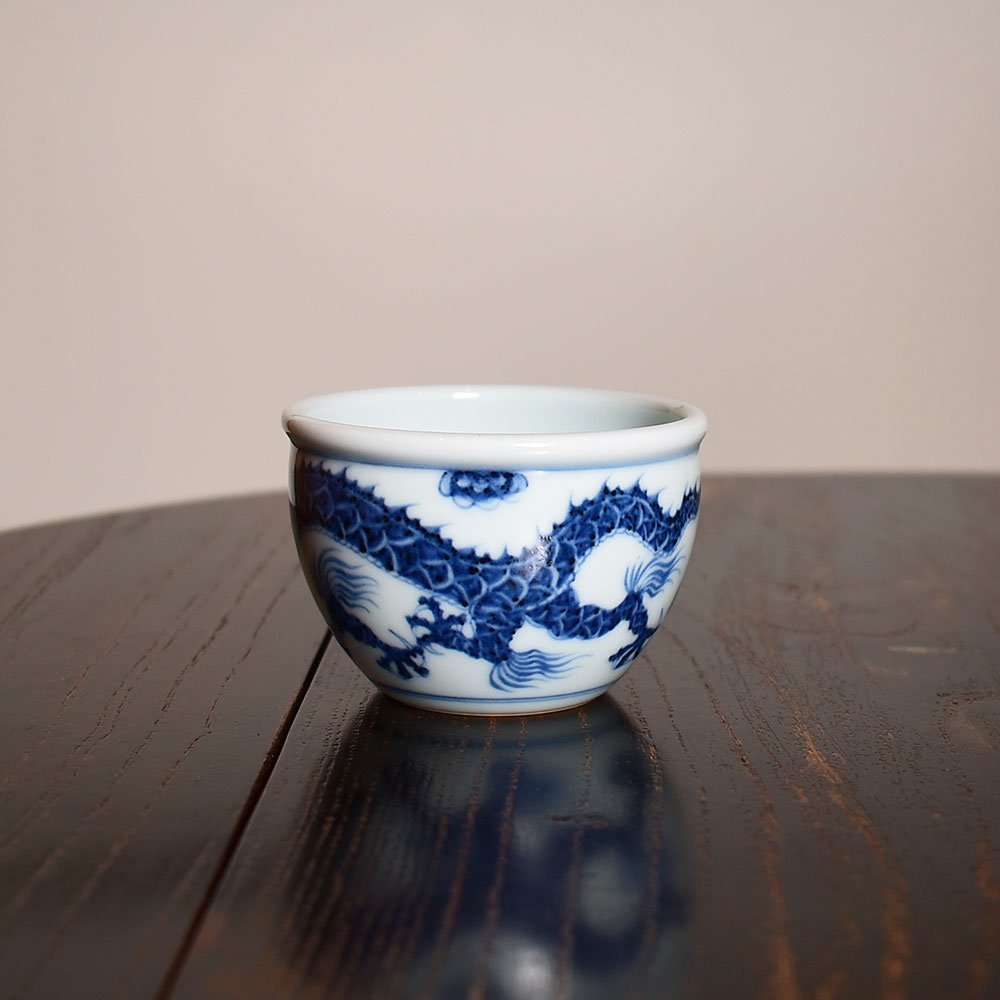
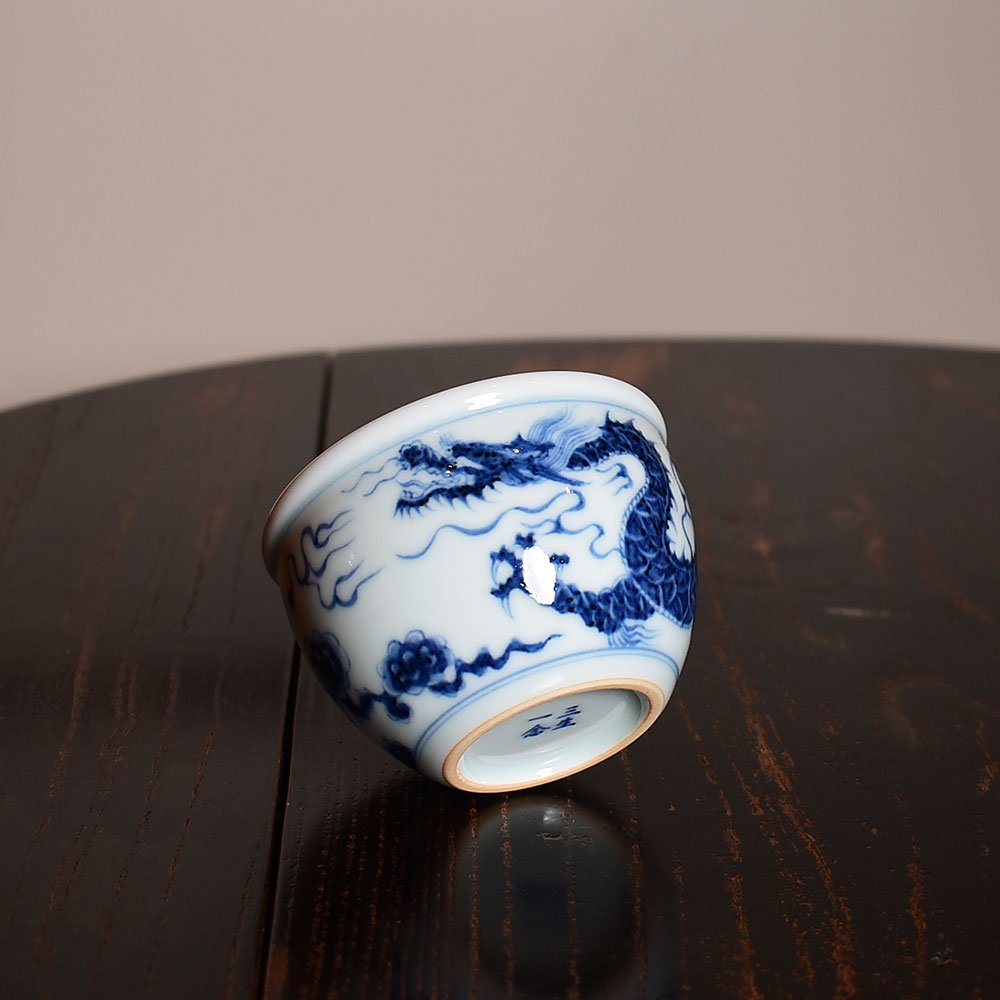
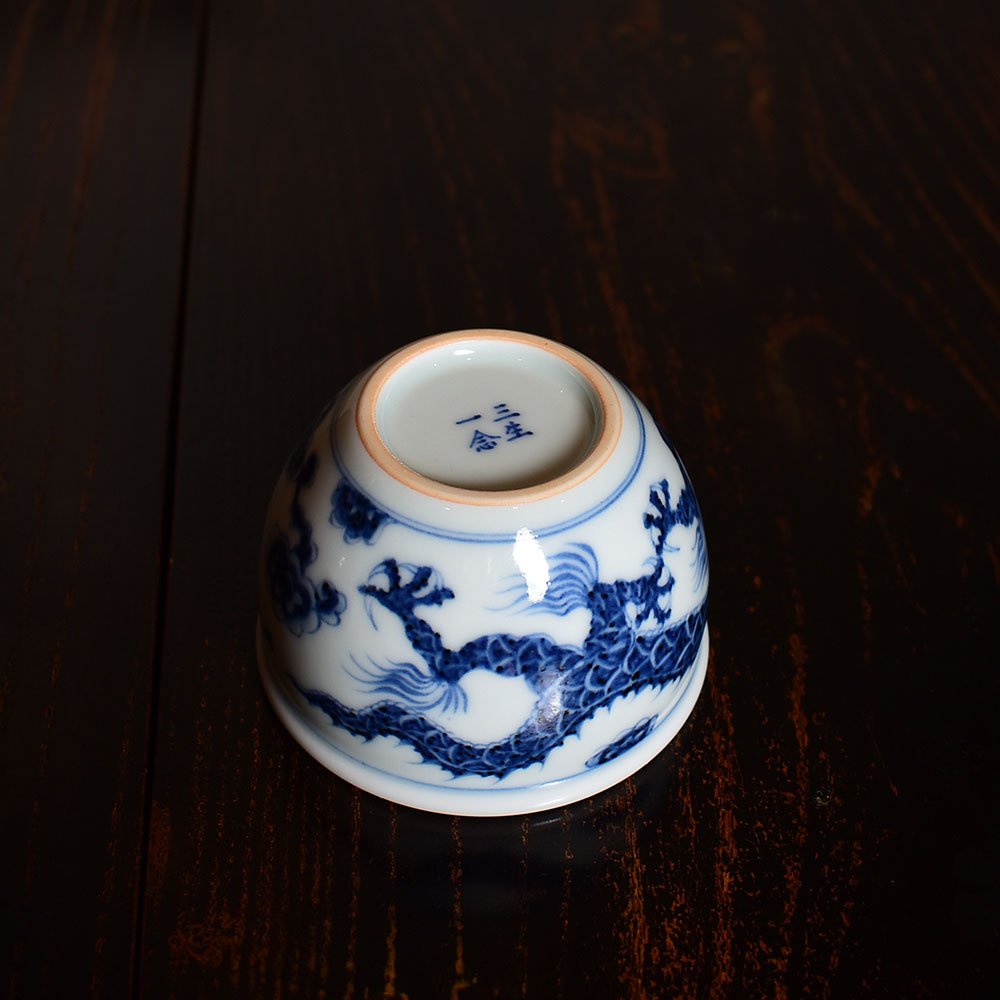
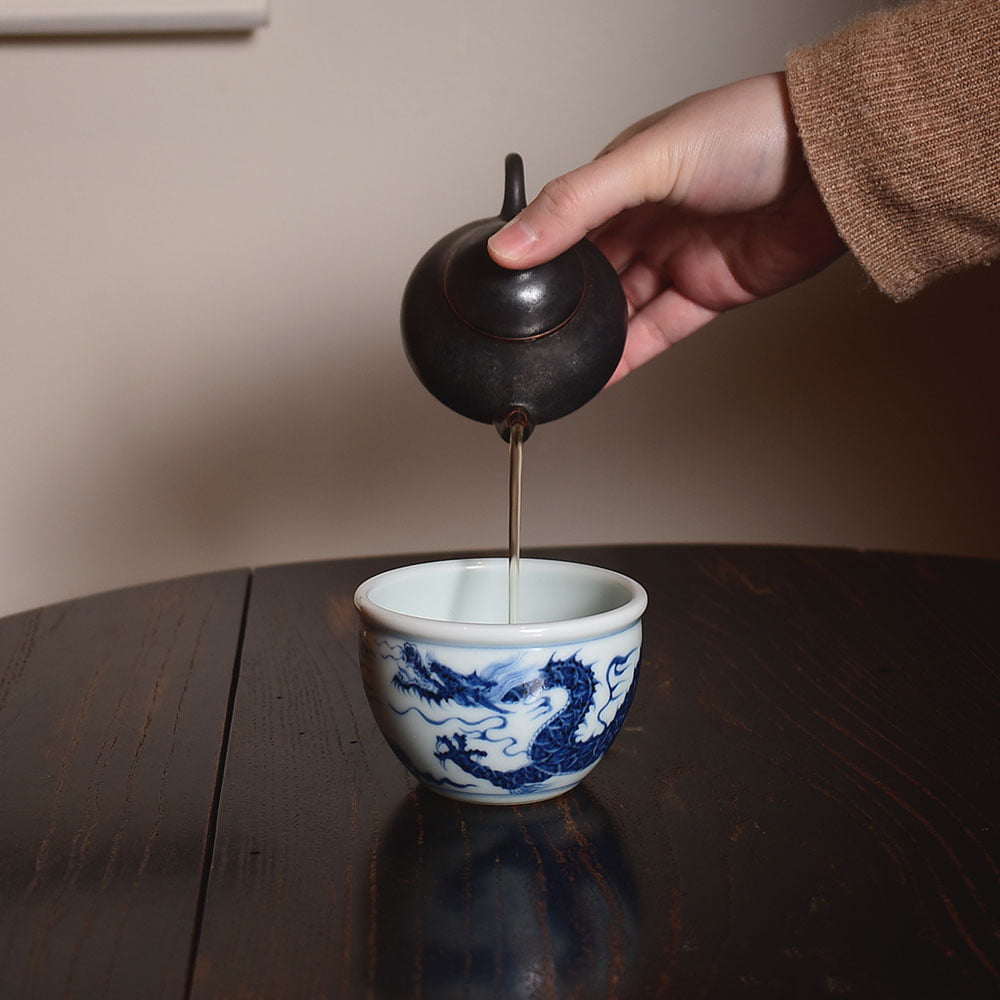
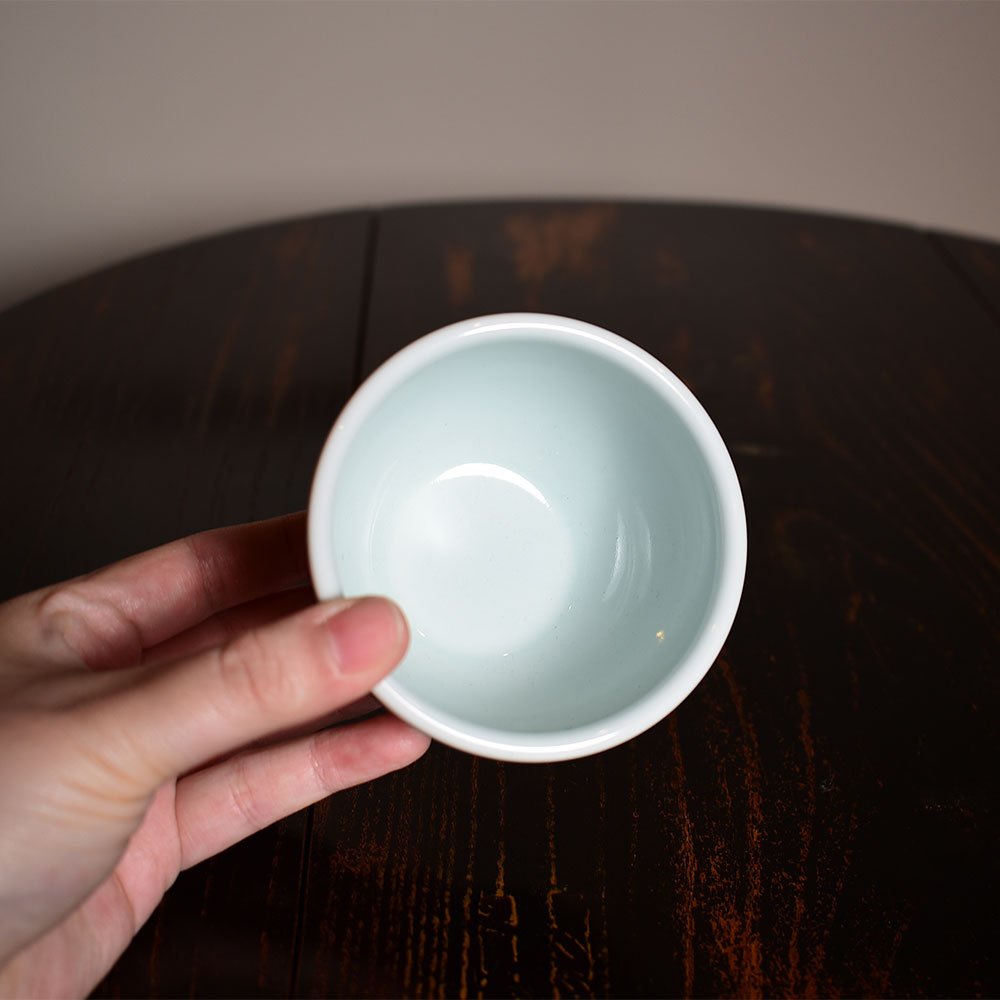
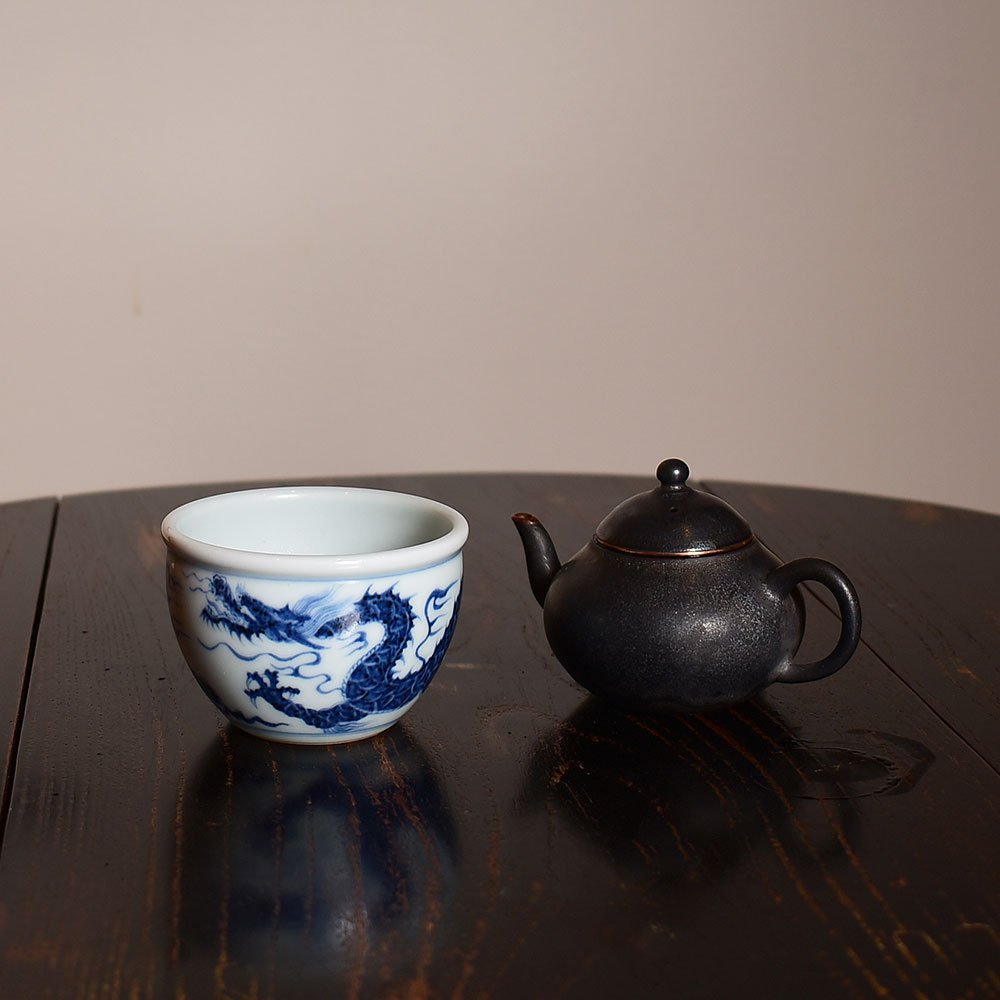
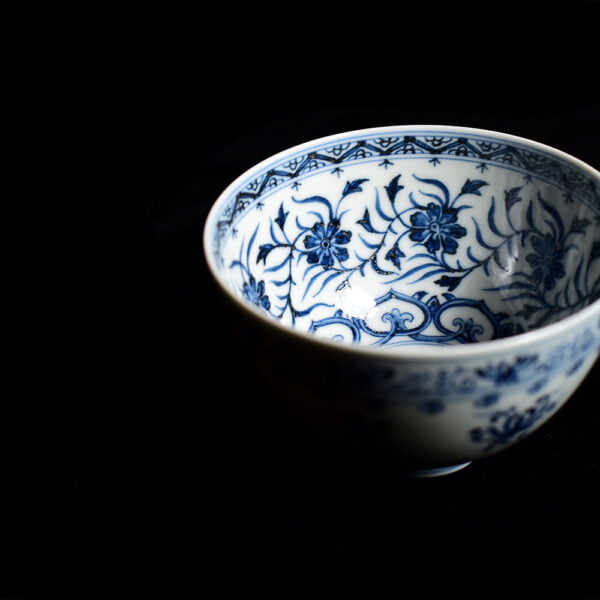
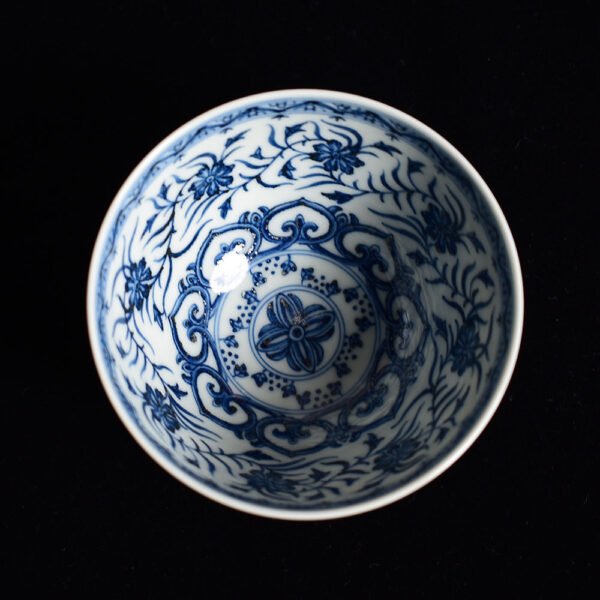
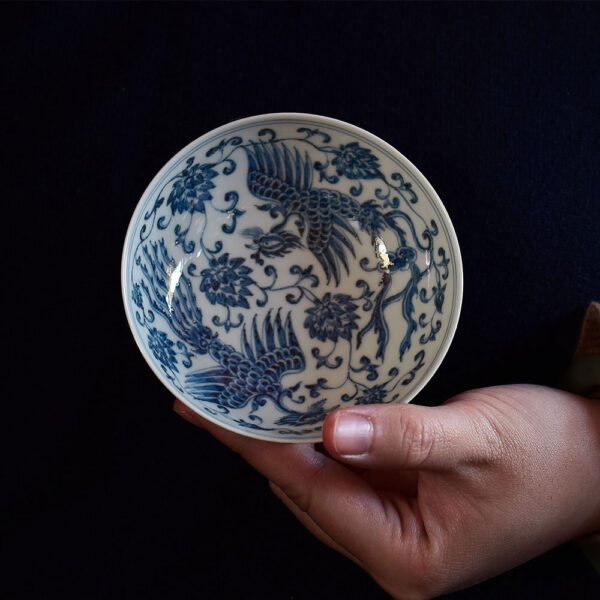
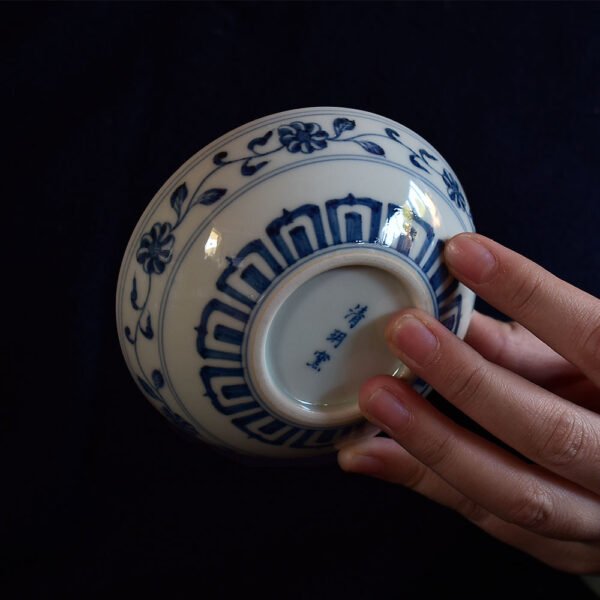
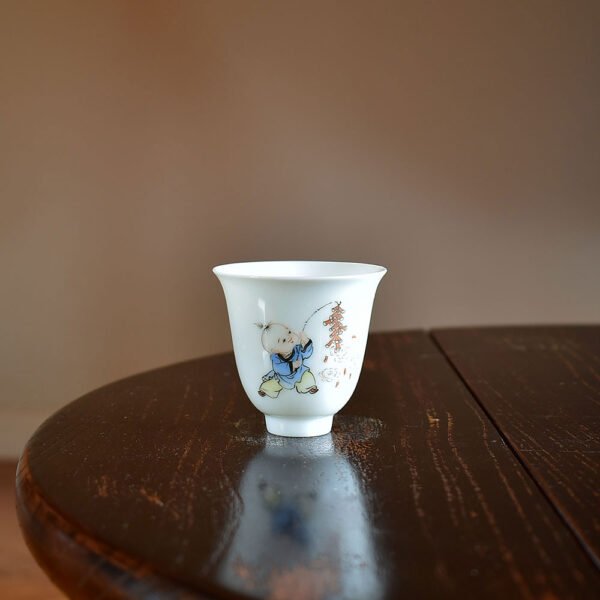
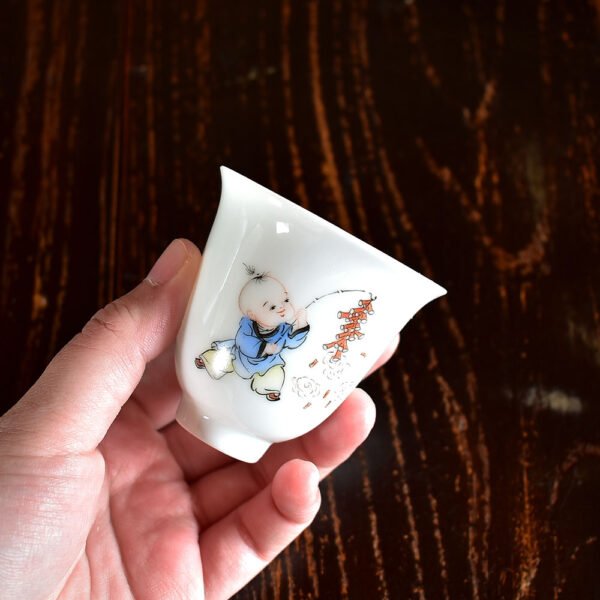
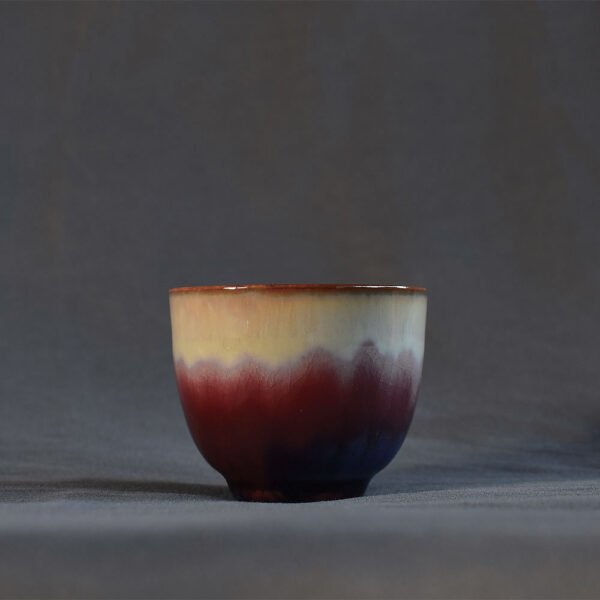
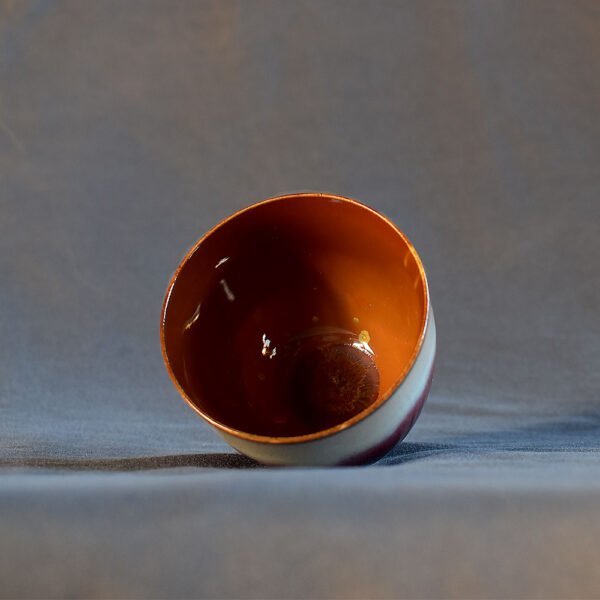
There are no reviews yet.